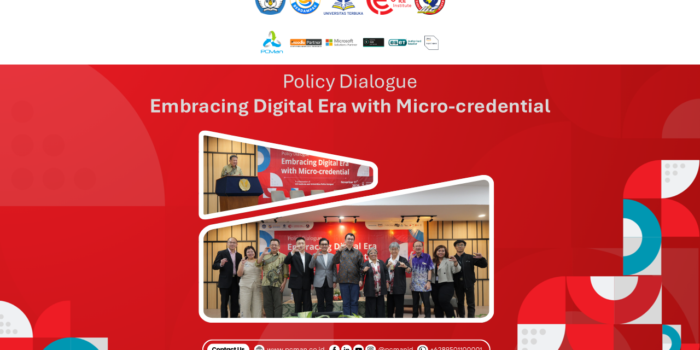In the wake of the recent cyber-incident triggered by a corrupted update from CrowdStrike, organizations worldwide are grappling with the implications. While some may be tempted to attribute the event to exceptional circumstances, it’s crucial to approach this as a learning opportunity to enhance cyber-resilience.
The Scope of the CrowdStrike Incident
Described by some as “the largest IT outage in history,” the CrowdStrike incident had widespread effects, disrupting critical infrastructure across the globe. The incident underscored that even a small percentage of compromised devices—estimated by Microsoft at 8.5 million, or roughly 0.5-0.75% of global PC devices—can create massive ripple effects. This scenario demonstrated that when devices critical to services like air traffic control and government transport departments go offline, the consequences can be far-reaching.

The Importance of Cyber-Resilience Plans
While many organizations had cyber-resilience plans in place, the scale of this incident revealed limitations. No business can be fully prepared for every possible scenario, especially when the disruption extends beyond their direct control. However, having a robust and adaptable cyber-resilience plan remains essential. Such plans can significantly reduce downtime and allow for quicker recovery, even if they cannot entirely prevent operational disruptions.
While many organizations had cyber-resilience plans in place, the scale of this incident revealed limitations. No business can be fully prepared for every possible scenario, especially when the disruption extends beyond their direct control. However, having a robust and adaptable cyber-resilience plan remains essential. Such plans can significantly reduce downtime and allow for quicker recovery, even if they cannot entirely prevent operational disruptions.
Learning from the Incident
One critical lesson from this incident is the importance of conducting a thorough post-mortem. Organizations should not dismiss the incident as an outlier but instead, analyze its impact to improve future preparedness. Key areas to focus on include the reliance on a limited number of vendors and the risks associated with a monoculture technology environment. By diversifying technology and vendor relationships, businesses can reduce the risk of similar disruptions in the future.
Rethinking Vendor Strategies to Enhance Cyber-Resilience
Many companies opt for single vendors to streamline management and reduce costs. However, the CrowdStrike incident highlights the potential risks of this approach. By integrating diversified solutions and considering co-existence with competitors, businesses can enhance their resilience against widespread cyber threats. This strategy may also involve industry-wide standards or requirements to promote greater security across the board.
A Final Thought on Cyber-Resilience
In a rather ironic twist, it was noted that some organizations avoided the impact of this incident by using outdated technology, such as Southwest Airlines reportedly running on Windows 3.1 and Windows 95. While this may have offered protection in this specific case, relying on outdated technology is not a viable long-term cyber-resilience strategy. Instead, businesses should focus on maintaining up-to-date, secure systems that are well-supported by current anti-malware solutions.
The CrowdStrike incident serves as a stark reminder that cyber threats can strike anyone at any time. By learning from this event and continuously refining cyber-resilience strategies, organizations can better protect themselves against future disruptions.
Conclusion
The CrowdStrike incident is a wake-up call for organizations globally. Cyber-resilience is not just about protecting your own systems but also about understanding the broader ecosystem of dependencies. By embracing a comprehensive and adaptive approach to cybersecurity, businesses can better navigate the complex landscape of modern cyber threats.



 Digital Transformation
Digital Transformation Learning Management System
Learning Management System Cyber Security
Cyber Security Data, AI & Automation
Data, AI & Automation Cloud/Hybrid Infrastructure
Cloud/Hybrid Infrastructure Branded Moodle App
Branded Moodle App Microsoft 365
Microsoft 365 Eset
Eset Kaspersky
Kaspersky